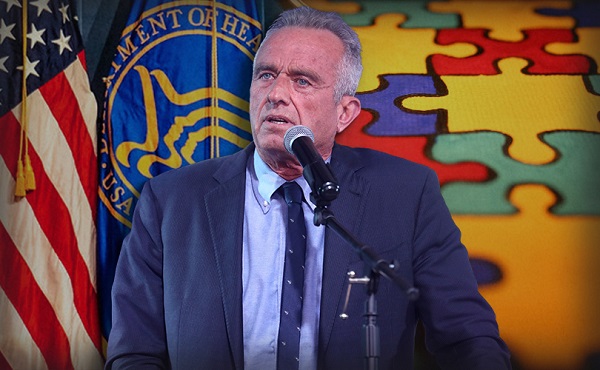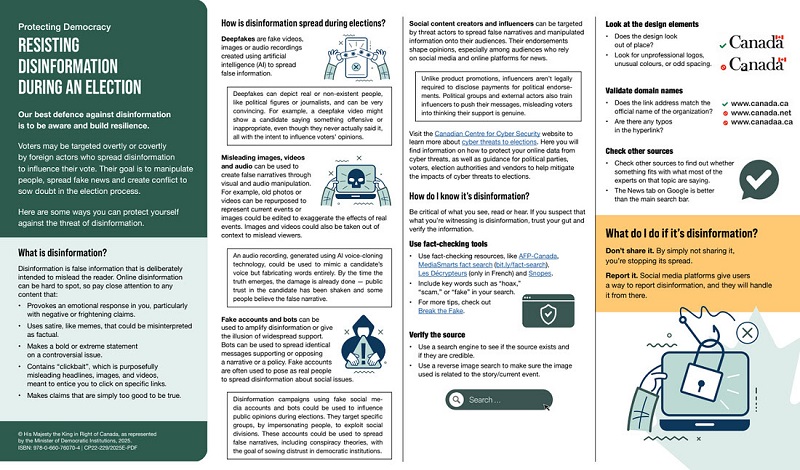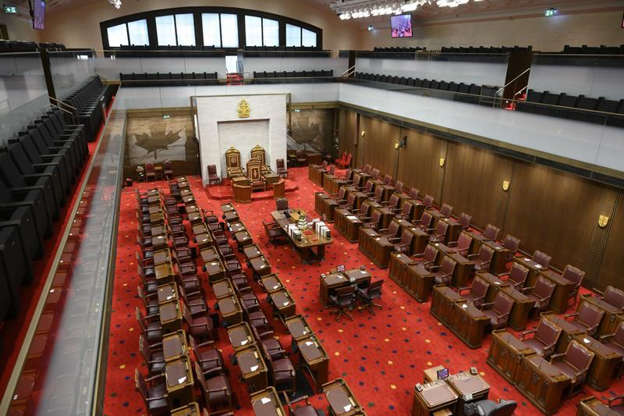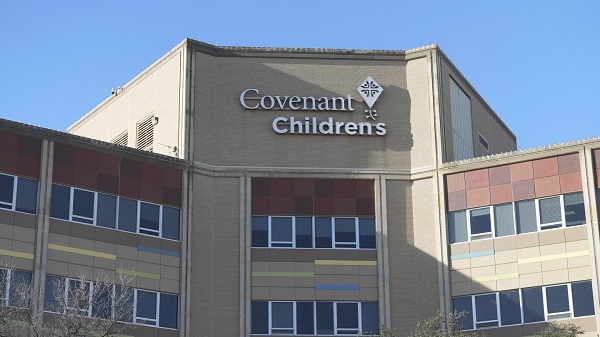Alberta
Why Kanye West should not be President of the United States

The celebrity-to-politician transition that Donald Trump has been repeatedly criticized for during his time as President of the United States threatens to become a runaway train with Kanye West’s outrageous bid for presidency.
Kanye West, influential rapper, fashion designer and father of four married to popular reality TV star Kim Kardashian, announced on July 4, 2020 via Twitter that he would be running for President of the United States.
West’s recent announcement only adds to the rampant timeline of peculiar claims and outbursts made in recent years that appear to depict the stars touch and go relationship with reality. After being diagnosed with Bipolar Disorder in 2017, which he publicly revealed in 2018, the 43-year-old rapper turned fashion designer turned presidential candidate has become increasingly controversial.
After his famous interrupting incident with Taylor Swift at the 2009 MTV VMA Awards, Kanye has become increasingly known for being prone to public outbursts that spark significant debate. West received major political backlash in 2018 for publically endorsing Donald Trump, launching a number of political rants where his controversial comments on the history of African-American slavery lost him support from many in the rap community.

West’s meltdown has left the public further divided on the legitimacy of his run for presidency, and what it means for the future of the country.
“The question is, what impact will he have on the election? In that context, it might not matter whether West is knowingly playing the spoiler, a man with a mental disorder being used as a patsy, or something else entirely – he is now on the ballot, and millions of voters will have Kanye Omari West as an option in November.” – New York Intelligencer
The controversial leadership of the Trump Administration over the last four years, highlighted by Donald Trump’s often outlandish behavior online and in the public eye, has contributed to the popular reality show type coverage of the United States Government. While the eccentric tweets and comments have been a source of ongoing public entertainment, it can be argued they have had the extremely negative impact of simplifying the originally elite position of the POTUS into that of a controversy driven public figure in a popularity contest. This notion becomes more apparent when contrasting the idea of the United States President, the democratic leader of one of the world’s most powerful economic and military bodies, with rapper Kanye West.
An article by John Taggart discusses the Dangerous Allure of the Celebrity President, stating “a mix of charisma, media-savvy and anti-establishment airs” can help celebrities appeal to voters, while “increasingly blurred lines between entertainment and news have lowered barriers for celebrities to enter politics.”
Although his success is highly unlikely, the dangerous precedent looming alongside Kanye’s bid for the presidency is a rapid departure from legitimate political leadership in the United States in favor of popularity and publicity, positive or negative. Requirements for proper experience, as well as an understanding of international relations and the political, social and economic landscape of America will be replaced by capacity for dramatic impact and social controversy. “The rise of celebrity politicians is not a sign of the democratic field becoming more interesting or open,” says Taggart, “The rise of such candidates is a sign of political decline of democracies.”
In this reality, the institution of democracy is undermined by popularity contests, social influence and which outrageous celebrity lifestyle has the greatest car-crash effect on the public.
For more stories, visit Todayville Calgary.
Alberta
Made in Alberta! Province makes it easier to support local products with Buy Local program

Show your Alberta side. Buy Local. |
When the going gets tough, Albertans stick together. That’s why Alberta’s government is launching a new campaign to benefit hard-working Albertans.
Global uncertainty is threatening the livelihoods of hard-working Alberta farmers, ranchers, processors and their families. The ‘Buy Local’ campaign, recently launched by Alberta’s government, encourages consumers to eat, drink and buy local to show our unified support for the province’s agriculture and food industry.
The government’s ‘Buy Local’ campaign encourages consumers to buy products from Alberta’s hard-working farmers, ranchers and food processors that produce safe, nutritious food for Albertans, Canadians and the world.
“It’s time to let these hard-working Albertans know we have their back. Now, more than ever, we need to shop local and buy made-in-Alberta products. The next time you are grocery shopping or go out for dinner or a drink with your friends or family, support local to demonstrate your Alberta pride. We are pleased tariffs don’t impact the ag industry right now and will keep advocating for our ag industry.”
Alberta’s government supports consumer choice. We are providing tools to help folks easily identify Alberta- and Canadian-made foods and products. Choosing local products keeps Albertans’ hard-earned dollars in our province. Whether it is farm-fresh vegetables, potatoes, honey, craft beer, frozen food or our world-renowned beef, Alberta has an abundance of fresh foods produced right on our doorstep.
Quick facts
- This summer, Albertans can support local at more than 150 farmers’ markets across the province and meet the folks who make, bake and grow our food.
- In March 2023, the Alberta government launched the ‘Made in Alberta’ voluntary food and beverage labelling program to support local agriculture and food sectors.
- Through direct connections with processors, the program has created the momentum to continue expanding consumer awareness about the ‘Made in Alberta’ label to help shoppers quickly identify foods and beverages produced in our province.
- Made in Alberta product catalogue website
Related information
Alberta
Province to expand services provided by Alberta Sheriffs: New policing option for municipalities

Expanding municipal police service options |
Proposed amendments would help ensure Alberta’s evolving public safety needs are met while also giving municipalities more options for local policing.
As first announced with the introduction of the Public Safety Statutes Amendment Act, 2024, Alberta’s government is considering creating a new independent agency police service to assume the police-like duties currently performed by Alberta Sheriffs. If passed, Bill 49 would lay additional groundwork for the new police service.
Proposed amendments to the Police Act recognize the unique challenges faced by different communities and seek to empower local governments to adopt strategies that effectively respond to their specific safety concerns, enhancing overall public safety across the province.
If passed, Bill 49 would specify that the new agency would be a Crown corporation with an independent board of directors to oversee its day-to-day operations. The new agency would be operationally independent from the government, consistent with all police services in Alberta. Unlike the Alberta Sheriffs, officers in the new police service would be directly employed by the police service rather than by the government.
“With this bill, we are taking the necessary steps to address the unique public safety concerns in communities across Alberta. As we work towards creating an independent agency police service, we are providing an essential component of Alberta’s police framework for years to come. Our aim is for the new agency is to ensure that Albertans are safe in their communities and receive the best possible service when they need it most.”
Additional amendments would allow municipalities to select the new agency as their local police service once it becomes fully operational and the necessary standards, capacity and frameworks are in place. Alberta’s government is committed to ensuring the new agency works collaboratively with all police services to meet the province’s evolving public safety needs and improve law enforcement response times, particularly in rural communities. While the RCMP would remain the official provincial police service, municipalities would have a new option for their local policing needs.
Once established, the agency would strengthen Alberta’s existing policing model and complement the province’s current police services, which include the RCMP, Indigenous police services and municipal police. It would help fill gaps and ensure law enforcement resources are deployed efficiently across the province.
Related information
-

 2025 Federal Election1 day ago
2025 Federal Election1 day agoRCMP Whistleblowers Accuse Members of Mark Carney’s Inner Circle of Security Breaches and Surveillance
-

 Autism2 days ago
Autism2 days agoAutism Rates Reach Unprecedented Highs: 1 in 12 Boys at Age 4 in California, 1 in 31 Nationally
-

 Health2 days ago
Health2 days agoTrump admin directs NIH to study ‘regret and detransition’ after chemical, surgical gender transitioning
-

 Bjorn Lomborg2 days ago
Bjorn Lomborg2 days agoGlobal Warming Policies Hurt the Poor
-

 Autism1 day ago
Autism1 day agoRFK Jr. Exposes a Chilling New Autism Reality
-

 2025 Federal Election2 days ago
2025 Federal Election2 days agoAI-Driven Election Interference from China, Russia, and Iran Expected, Canadian Security Officials Warn
-

 Also Interesting1 day ago
Also Interesting1 day agoBetFury Review: Is It the Best Crypto Casino?
-

 2025 Federal Election1 day ago
2025 Federal Election1 day agoBureau Exclusive: Chinese Election Interference Network Tied to Senate Breach Investigation





